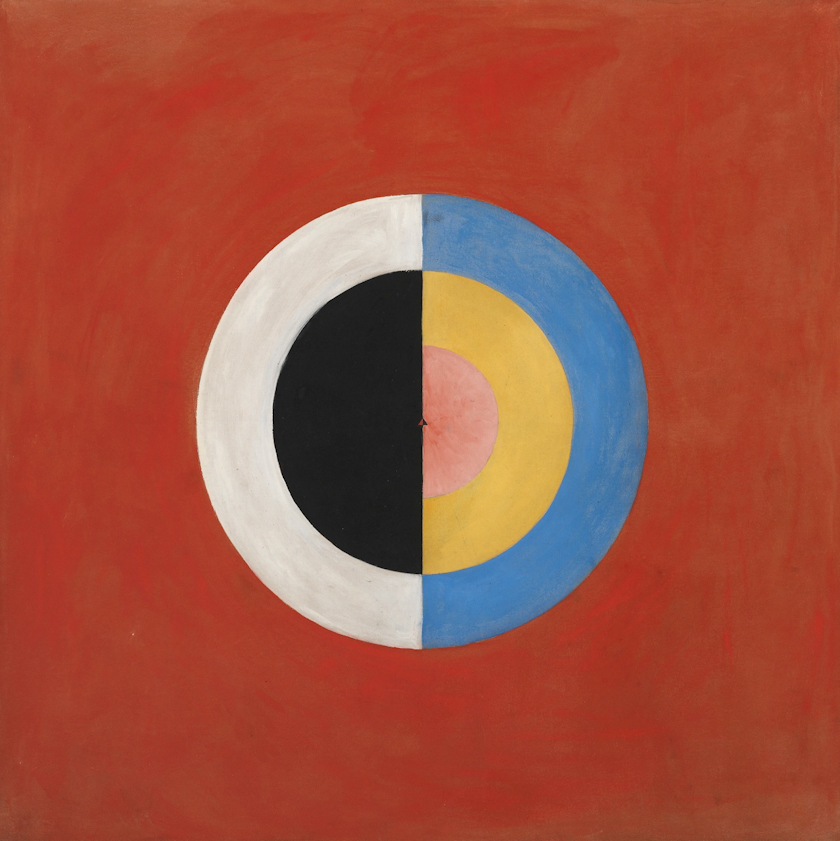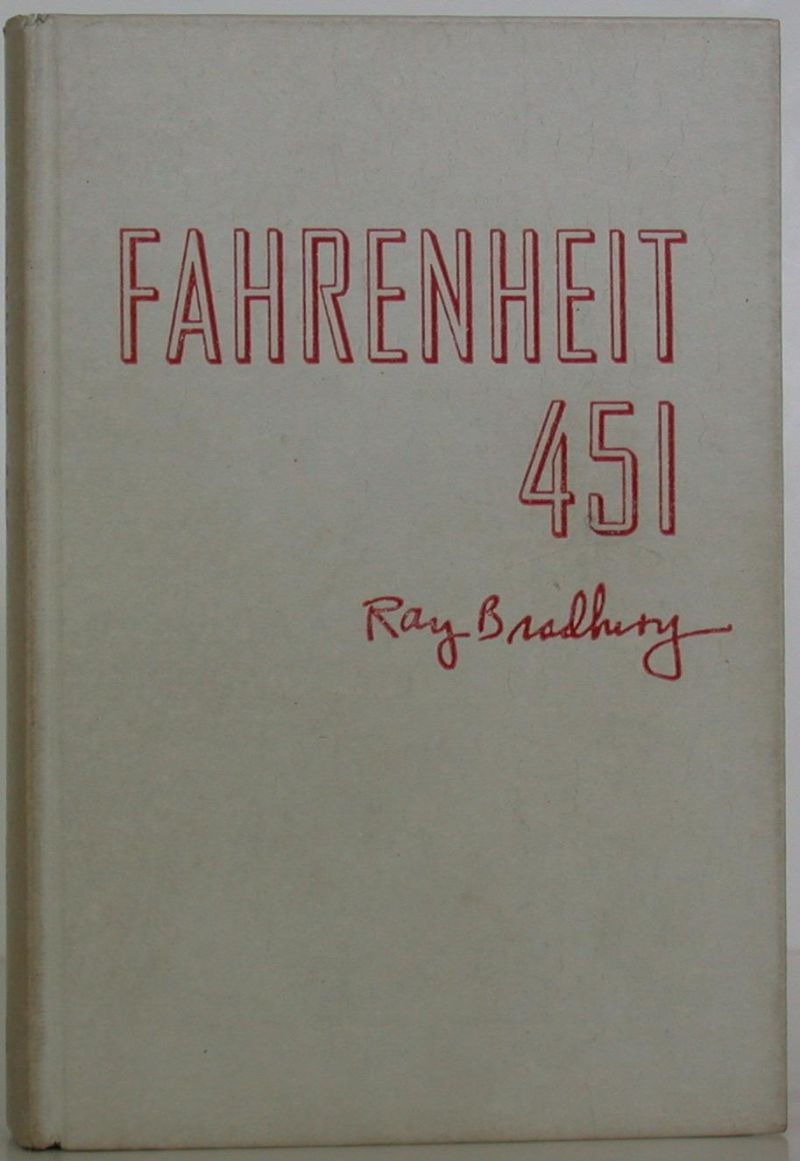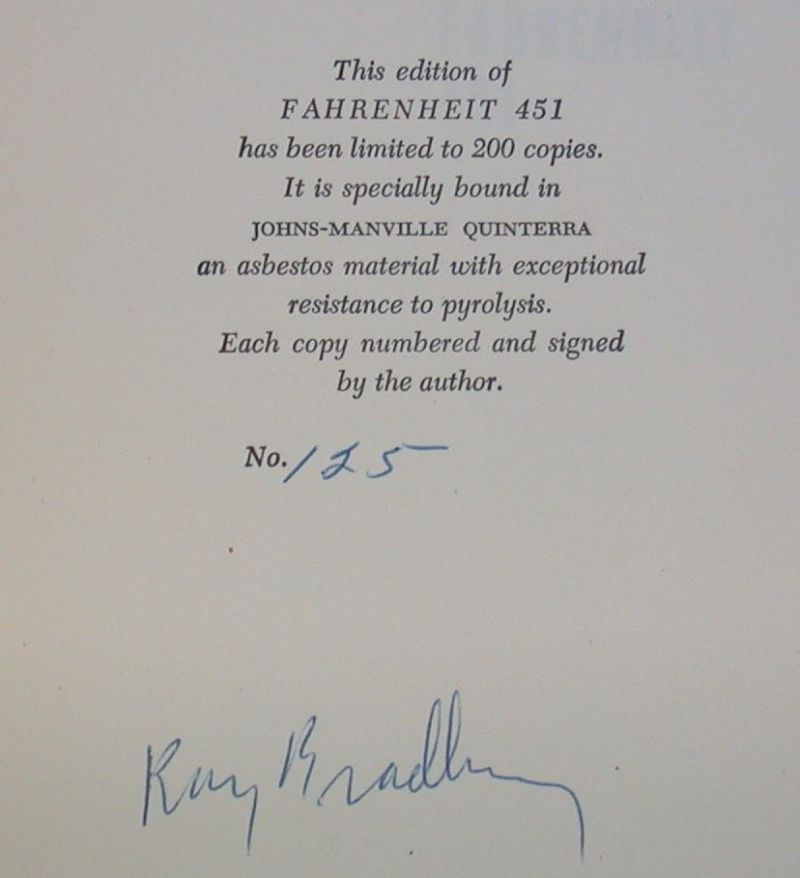The films of Andrei Tarkovsky, even more so than those of most revered auteurs, create a reality of their own. Watching them, you might even believe that Tarkovsky himself lived in his own reality as well, one made only of the sublime and the transcendent, impossibly far from the mundanity of everyday life and commercial entertainment. Perhaps he did, to an extent, but the director of Andrei Rublev, Solaris, and Stalker certainly didn’t become and exist as a filmmaker in isolation. He had predecessors in cinema who inspired him as well as colleagues he admired, and in the clip above from the 1983 documentary Voyage in Time, shot in Italy during pre-production of his film Nostalghia, he reveals who they are.
“If you had to talk to today’s and yesterday’s great directors,” screenwriter Tonino Guerra asks Tarkovsky, “for what reasons would you thank each of them for what you feel they gave you?” Promising he won’t take long to answer the question, Tarkovsky begins with Soviet montage pioneer Alexander Dovzhenko, singling out his 1930 film Earth. He then continues on to Robert Bresson, who “has always astonished and attracted me with his ascetics. It seems to me that he is the only director in the world that has achieved absolute simplicity in cinema. As it was achieved in music by Bach, art by Leonardo. Tolstoy achieved it as a writer.” Simplicity, as it emerges over the course of the conversation, may well rank as Tarkovsky’s most esteemed artistic virtue. If that sounds ironic, given how aesthetically complex Tarkovsky’s own work can seem, he also praises Federico Fellini for the same quality.
“I like Fellini for his kindness, for his love of people,” he says, “for his, let’s say, simplicity and intimate intonation.” He describes a Fellini picture he calls Pale Moon Tales (by which he may have meant La Dolce Vita) as “astounding in its simplicity, elegance, and wonderful nobleness of picture and acting.” To Michelangelo Antonioni, another Italian but one possessed of a strikingly different sensibility, he credits his realization that “the meaning of action in cinema is rather conditional. There’s practically no action going on in Antonioni films, and this is the meaning of ‘action” in Antonioni films” — or at least in the “Antonioni films that I like the most.” Tarkovsky doesn’t neglect French cinema, naming Jean Vigo, whom he remembers “with tenderness and thankfulness” as “the father of modern French cinema,” the filmmaker who “founded the French movie, and nobody has gone farther than him.”
Finally, Tarkovsky ends his list as he began it, by paying tribute to one of his Soviet countrymen. Sergei Parajanov, he says, has not just a paradoxical and poetic way of thinking — words many a critic has surely applied to Tarkovsky himself — but an “ability of loving the beauty” and the “skill of being completely free inside his own creation.” Parajanov, whom we recently featured here on Open Culture, had in the 1970s endured the persecution of the Soviet authorities. Nobody championed the cause of his liberation as strenuously as Tarkovsky, who wrote that, “artistically, there are few people in the entire world who could replace Parajanov.” Now both of these irreplaceable auteurs are gone (as are all the others named here), but in their cinema will open the path of artistic liberation for generations of filmmakers to come.
Related Content:
Andrei Tarkovsky Creates a List of His 10 Favorite Films (1972)
Andrei Tarkovsky’s Advice to Young Filmmakers: Sacrifice Yourself for Cinema
A Poet in Cinema: Andrei Tarkovsky Reveals the Director’s Deep Thoughts on Filmmaking and Life
Based in Seoul, Colin Marshall writes and broadcasts on cities and culture. His projects include the book The Stateless City: a Walk through 21st-Century Los Angeles and the video series The City in Cinema. Follow him on Twitter at @colinmarshall or on Facebook.













